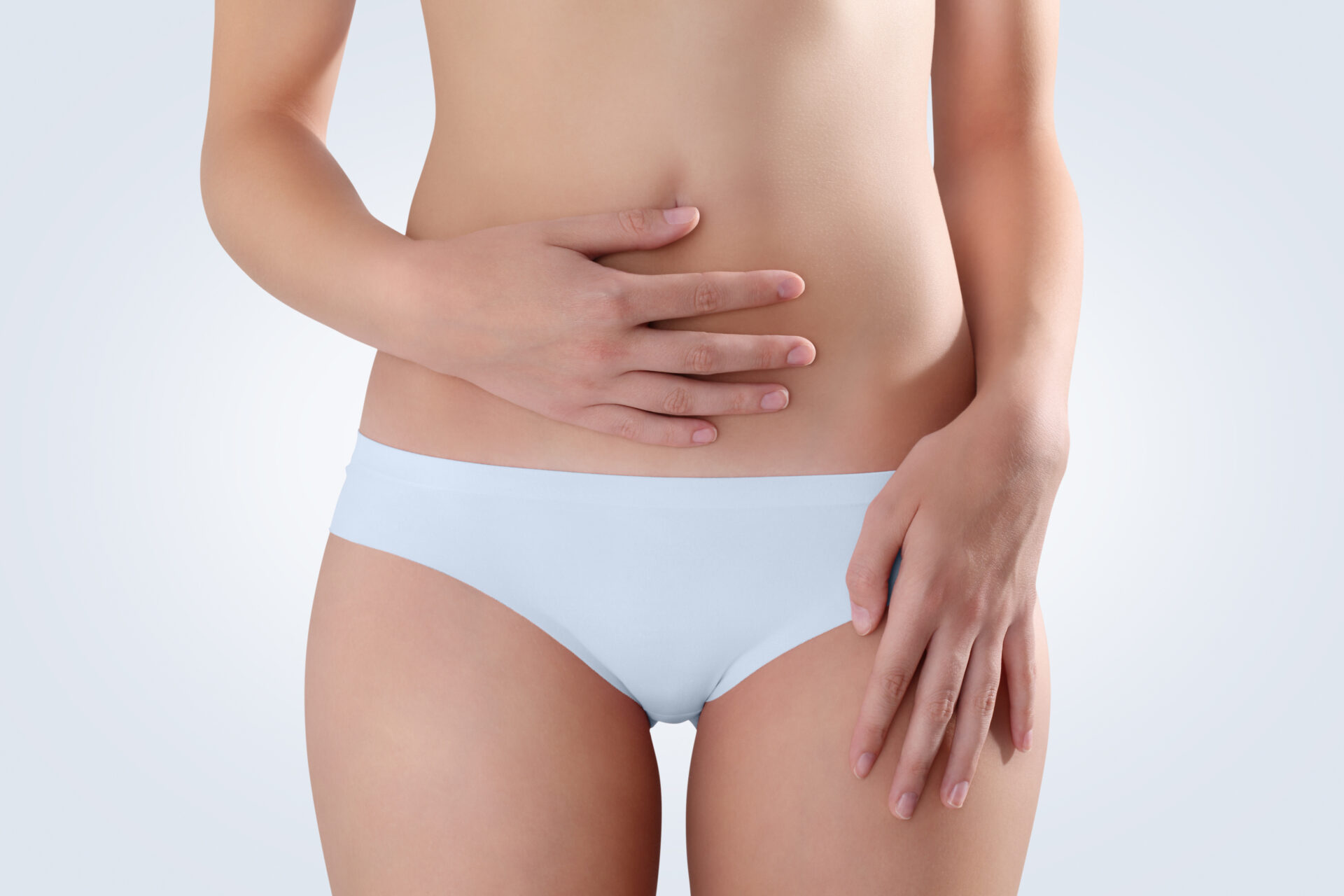News

Pesticides in period products
Chemicals are probably the last thing on women’s minds when their monthly period comes round, but a harmful herbicide has been detected in a small sample of period products in new research carried out by PAN who commissioned independent lab tests that found glyphosate in one sample at 40 times higher than the level permitted for UK drinking water.
PAN tested 40 samples of period products and in one box of tampons (albeit a very small sample), they found a high concentration of glyphosate. Although PAN were unable to comment on the possible source of glyphosate, this is the first report of the world’s most widely used herbicide measured at a detectable level in a period product.
Thousands of disposable period products use cotton, and with no legal requirement for brands to specify “ingredients” such as chemicals used to grow cotton, it’s hard to be sure of the source. Cotton is a key crop used in the supply chain for manufacturing tampons and pads, but with only 1% of the world’s production grown using organic farming methods, it suggests that hundreds of pesticides and herbicides might be used in the manufacture of period products.
Chemicals, including pesticides can enter the body via inhalation, ingestion, and skin contact. Very little is known about absorption rates and safe levels, but exposure via sensitive body areas to glyphosate, which the WHO categorise as “probably carcinogenic”, does raise concerns about potential health risks of exposure via an everyday product for women and girls. It’s thought that dermal absorption of chemicals in the genital area could be more than 11x higher than skin on arms.
Very little research has been conducted to explore the health effects of exposure to pesticides and herbicides via period products, but other chemical groups including phthalates, PFAS, and VOCs have also been detected in period products. Many of these substances are suspected endocrine disruptors raising concerns about higher risk of some types of cancer and fertility impacts.
The PAN report takes a deep dive into chemicals used in period products and what’s known about the possible health effects. Read the full report – Blood, Sweat, and pesticides – A closer look at toxic chemicals in period products.
Chemical free period protection
It’s not easy to find out what manufacturers use to make period products because there’s no legal requirement to list materials and chemical substances used. For example, Always broadly describe how their pads are made, but don’t specify any of the substances. But if you are concerned about any chemicals used in period products it’s easy to find products chemical free products.
Here are some ideas to help you avoid some of the chemicals:
- Menstrual cups and discs made using natural rubber or medical grade silicone.
- For a range of BPA free and organic period products visit DAME.
- Paraben free pads and liners.
- Organic cotton tampons and pads.
- Look for products marked chlorine free and plastic free applicators and packaging.
Image credit:amedeoemaja






